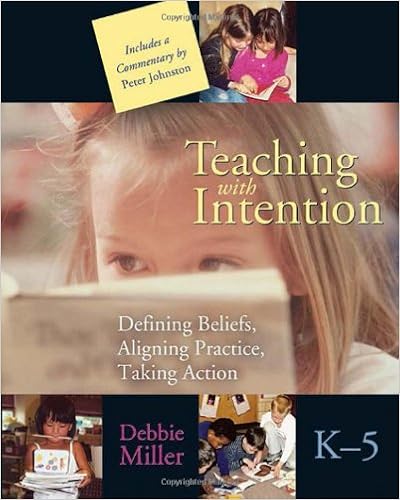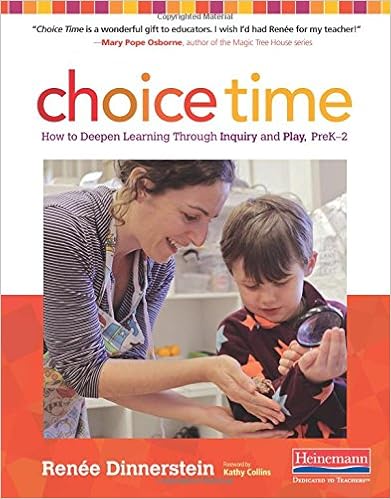Educators should always be supporting their own learning with professional development opportunities. So much has changed in the last 24 years of my journey through education. But as a firm believer in life long education, and professional development, I can attest to watching the pendulum swing back toward hands-on curriculum plans, and intentional teaching practices. My journey toward a natural classroom was greatly impacted by many of the professional development books I began to read.
Books from Lisa Murphy, Richard Louv, Katie Wood Ray, and Juliet Robertson could be found scattered across my desk at any given moment. Audible was on repeat most days. It was after realizing the impact these PD books were having on the journey, that I started a professional literature library and refer to it, even today. Consequently, the next 3 books were instrumental in my journey, and I would love to share just a bit about them with each of you.
The OOEY GOOEY LADY
First, The Ooey Gooey Lady, Lisa Murphy. I was fortunate enough to actually see her in person, at an Early Ed conference in early 2000. As a result, her mindset and thought-provoking questions changed the way I approached my classroom. Beginning with the “why can’t we” questions to administration, and ultimately asking colleagues to think about how our craft-like activities were supporting children.
Lisa’s book goes into great detail about the research and the why behind early education. But my favorite takeaway is when she begs us, as educators, to not make something out of children’s art, just for the sake of making it presentable for parents. It hit home since I was in the process of actually cutting snowflakes from our rainbow-colored coffee filters. Remembering who we are here for- the students- and giving me permission to stand up for my young charges, was a game-changer for me.
As a result of Lisa’s teachings, I began researching better ways to teach young students about the weather in our area. I now teach about frost, rather than snow. The students now notice, play in, and find the best ways to make frost. Pointing out to parents the documentation panels showing concrete examples of what the students are learning has developed a community of learners.
click on any of the following photos to view more detailed book descriptions
NATURE DEFICIT DISORDER
Equally important, Richard Louv discusses the dying art of playing outside. Helping the reader recall their own childhood, remembering their youth when playing until the street lights came on. He goes into detail determining the best ways for children to become part of their natural surroundings. Showing the reader the importance of inherent risk, balance, and all nature can do, mentally and physically.
I used his book on numerous occasions to talk to parents, administration, and skeptics. Although the book was required reading for a course I took, it now sits prominently on my bookshelf as a regular reference.
INTENTIONALITY as Professional Development
Likewise, Debbie Miller brings to life the necessity of understanding your students and designing your curriculum based upon their interests. The words; provocations, child-led learning, and intentionality are part of the natural learning discussion. Miller breaks down the understanding of intentionality and encourages the educator to define their own convictions.
Miller reminds educators to tear down the program to the roots and rebuild every year; rebuilding is based on the current group in the current year. Not who you had 5 years ago, ten years ago or even yesterday. But the students in your care today, designing a learning model for them to reach and surpass their own abilities tomorrow. Her encouragement helped me break down my own teaching strategies and become intentional on a daily basis. And as a result, I do not feel the pressure of archaic practices any longer.
Miller’s book encouraged me to spend my summers preparing the learning space for innovation, exploration, and inquiry. “Decorating” walls and bulletin boards with burlap, simply to cover the old faded chalkboards. As a result, students are actually determining what will be displayed and be recycled.
In addition to the above mentioned, the following list of books is also equally important and must be considered as professional reading.
I recently published a video in my Natural Classroom Specialist Program all about my top books. Specifically for nature-based learning. Check out that video here.
I strive to expand my professional development library, regularly. Leave any additional professional book ideas and recommendations in the comments. I am always up for a great book!

As an Amazon Associate, I earn from qualifying purchases.
















2 Responses